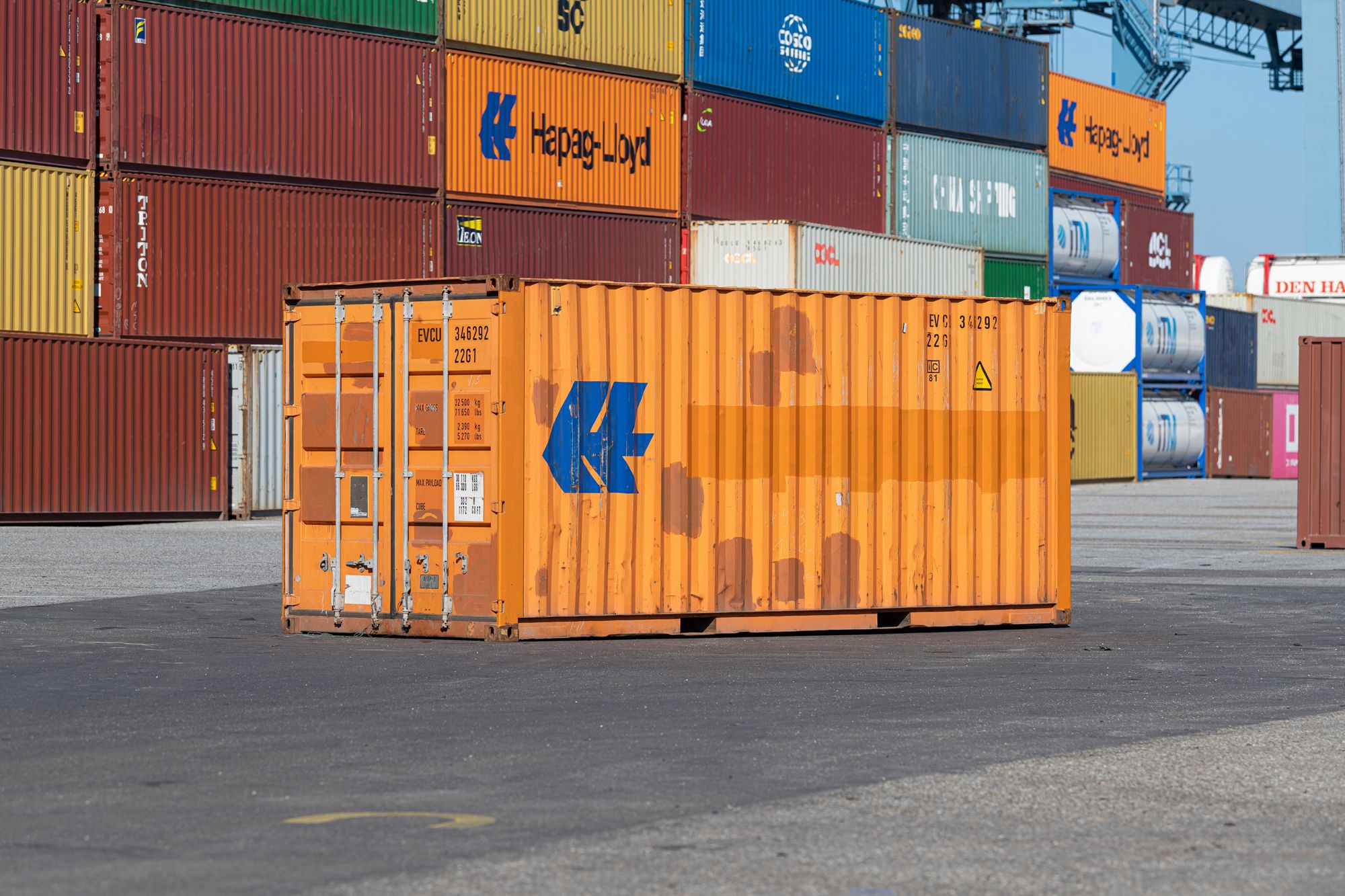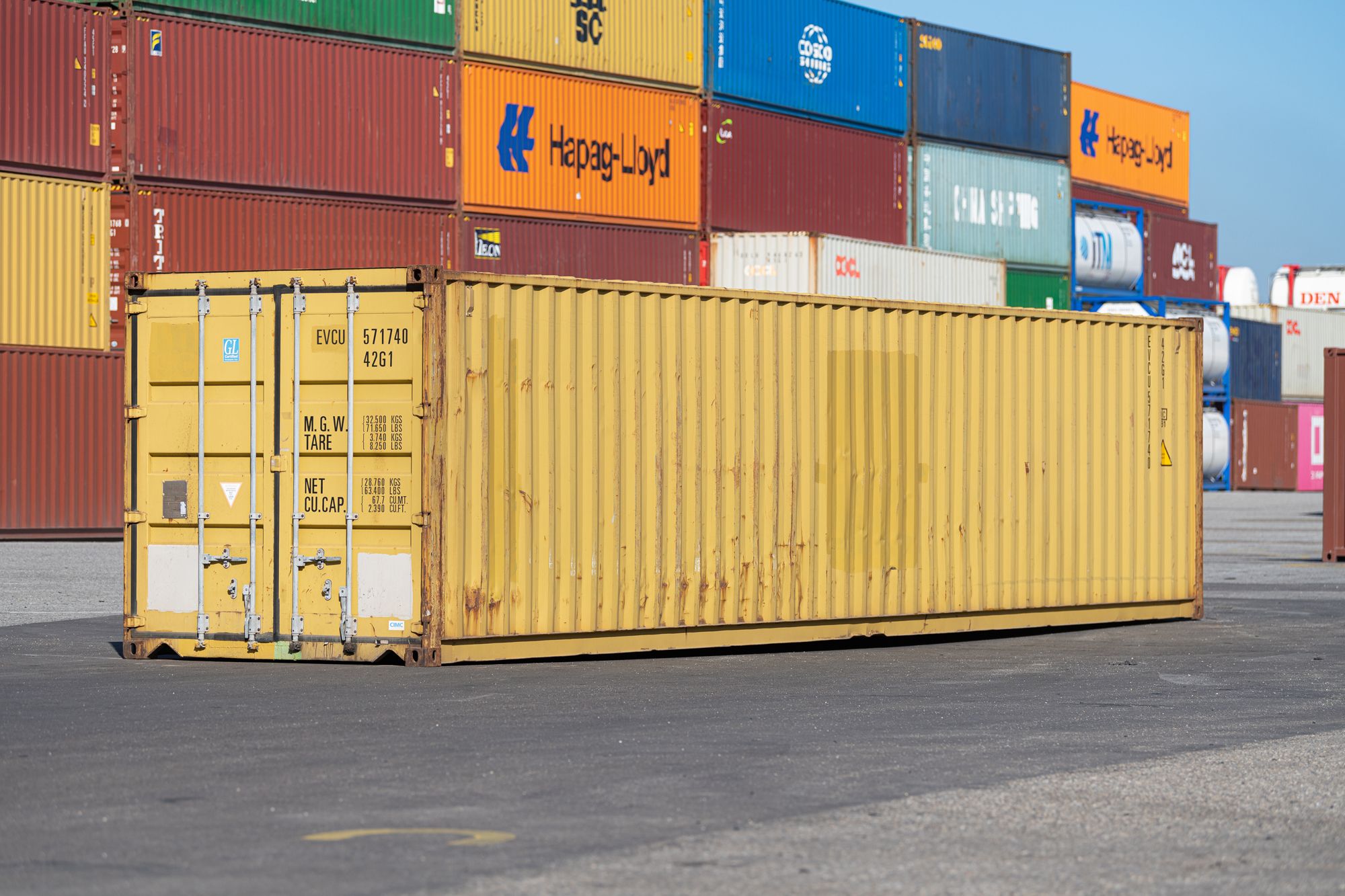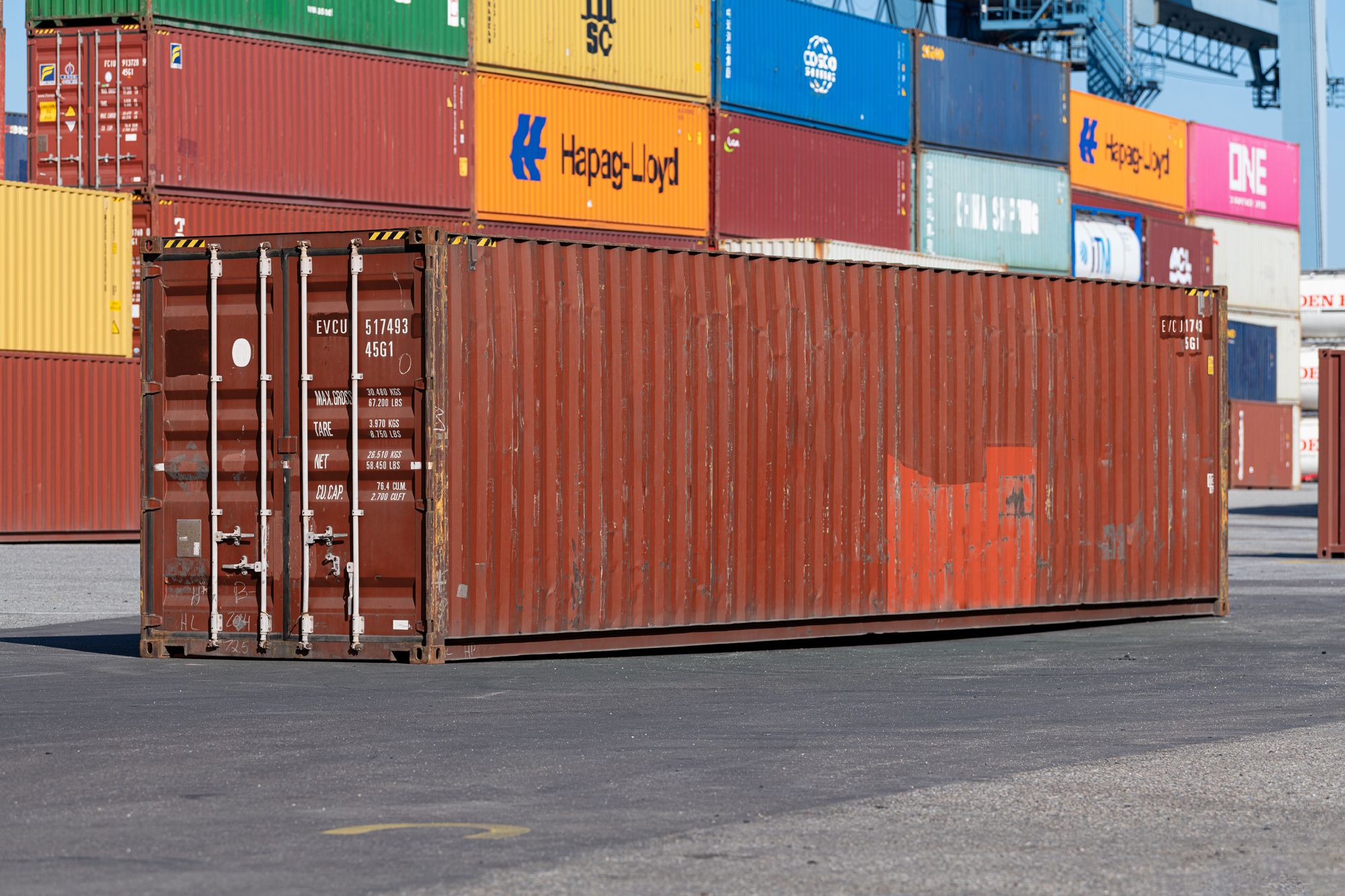SPRING SALE: Receive $100 Off Per Container
Stacking Shipping Containers: Maximizing Storage and Onsite Real Estate
Stack smart and save space – optimize storage for offices or housing with shipping containers.
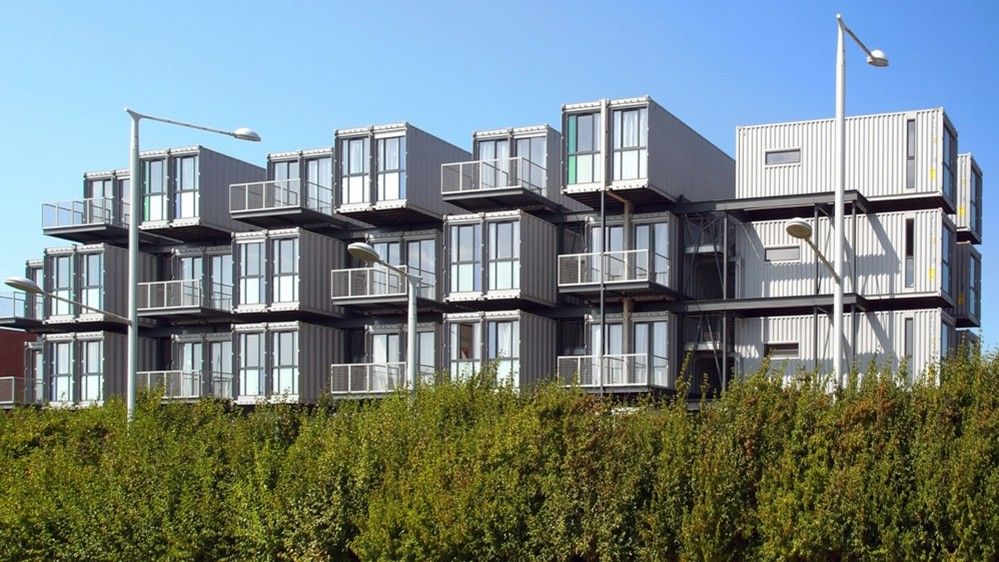

In today’s costly world, lowering overhead and space optimization are paramount for businesses, construction sites, and residential projects alike. One of the most efficient ways to maximize storage and real estate onsite is by stacking shipping containers. This innovative approach not only conserves valuable ground space but also offers increased storage capacity, structural integrity, and cost efficiency. Whether used for warehousing, offices, or even housing developments, stacking containers is an effective way to create multi-level storage and workspaces.
If you have ever seen a shipping vessel coming into port, then you know shipping containers are designed to be stacked! They are built with strong steel frames that allow them to support the weight of multiple containers on top. This same stacking capability applies on land, where containers can be securely placed on top of one another using corner fittings and locking mechanisms. With proper support and leveling, containers can be stacked several stories high for storage, affordable and modern housing, or commercial use.
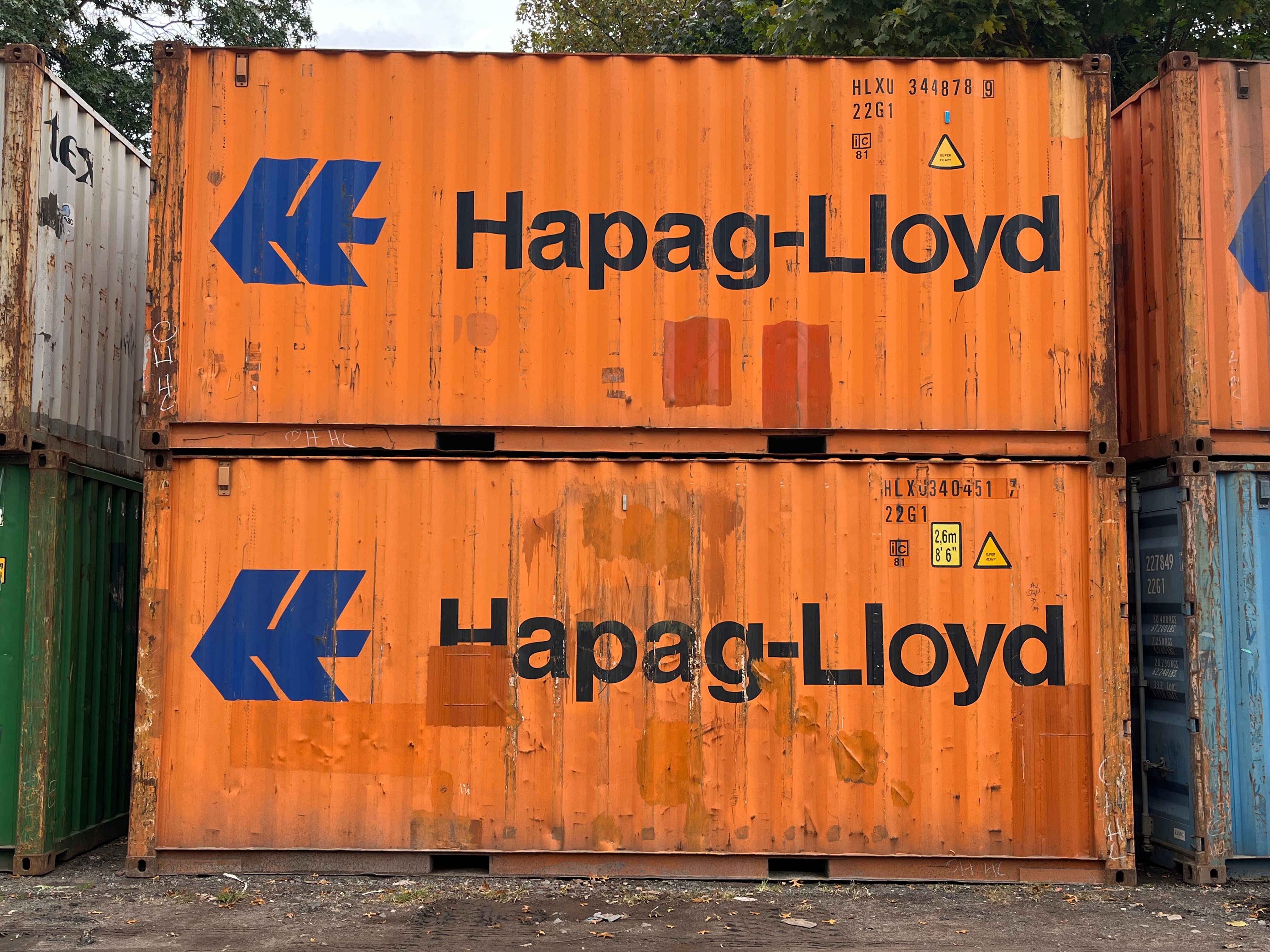
Benefits of Stacking Shipping Containers
- Maximized Storage Capacity: This optimizes vertical space, increasing storage without expanding your footprint—ideal for urban sites and industrial zones.
- Cost-Effective Solution: By utilizing existing space vertically, businesses can reduce costs associated with land acquisition. Stacking containers also reduces the need for constructing permanent buildings.
- Durability and Strength: Shipping containers are designed to withstand harsh conditions, including heavy loads and rough handling, providing a strong structure capable of withstanding weight and environmental stressors.
- Modular and Scalable: Whether you need additional storage, office space, or living quarters, containers can be added as needed, making them an ideal solution for businesses with evolving storage or operational requirements.
- Enhanced Security: Containers are built with strong steel walls and secure locking mechanisms, making them an excellent choice for safeguarding valuable equipment, tools, or inventory.
Key Considerations Before Stacking Shipping Containers
1. Site Preparation
- Leveling the Ground: Ensure the ground is level and stable to support the weight of stacked containers.
- Foundation Support: Use concrete pads, piers, or a compacted gravel base to prevent shifting or sinking.
- Drainage Considerations: Prevent water accumulation by incorporating proper drainage solutions.
2. Structural Integrity and Weight Distribution
- Generally, heavier containers should be placed at the bottom to maintain stability.
- If modifying containers (e.g., adding windows, doors, or cutting walls), consult a structural engineer to ensure the integrity of the stack.
3. Proper Stacking Techniques
- Align the Corner Castings: Containers have corner fittings designed for stacking and enhancing stability.
- Use Twist Locks and Bridge Fittings: These mechanisms secure containers together and prevent movement.
- Reinforce as Necessary: For high stacks or modified containers, additional bracing or support may be required.
4. Consider Accessibility and Safety Regulations
- Staircases and Ladders: Provide safe access to upper levels.
- Walkways and Railings: Ensure compliance with safety standards to prevent falls or accidents.
- Ventilation and Lighting: Make sure stacked containers have proper airflow and visibility.
5. Permits and Zoning Laws
- Depending on your location, there may be zoning laws and building codes governing the use of stacked shipping containers.
- Check with local authorities and jurisdiction and obtain the necessary permits.
Best Practices for Stacking Containers
Use Professionals & Proper Lifting Equipment
Hiring structural engineers and container specialists can help design a safe and efficient stacking system that meets regulations and requirements. Cranes and forklifts should be used to lift and position containers safely.
Regular Quality Inspections
Periodically inspect stacked containers for signs of wear, rust, or structural weakness. If stacking containers in areas prone to high winds, storms, or seismic activity, consider additional anchoring and reinforcement to prevent movement or collapse.
Plan for Expansion
If future expansion is expected, design your stacking layout to accommodate additional containers without major modifications. This ensures a seamless integration of new units, minimizing disruptions and maximizing efficiency as your storage or workspace needs grow.
Applications of Stacked Shipping Containers
- Storage & Warehousing: Maximize storage space by stacking containers in warehouses, shipping yards, or job sites. Containers provide secure and weather-resistant storage for tools, equipment, inventory, and materials.
- Office Spaces: Use stacked containers to create multi-story office spaces. Containers can be modified with insulation, electricity, and HVAC systems to provide comfortable work environments.
- Housing & Accommodation: Create modular housing projects, hotels, and temporary accommodation for workers. Containers offer a cost-effective, durable, and eco-friendly alternative to traditional construction.
- Emergency Shelters & Medical Facilities: In disaster-stricken areas or remote locations, stacked containers can serve as emergency shelters, medical clinics, or mobile hospitals, providing essential services in a compact and deployable format.
- Retail & Commercial Use: Retailers and event organizers have embraced stacked containers for pop-up shops, cafes, and exhibition spaces which allows for creative and unique designs that attract customers.
Shipping Containers are the Ideal Stackable Storage Solution
Stacking shipping containers is an effective and practical solution for maximizing storage and real estate onsite. Whether for industrial, commercial, or residential use, stacked containers provide a cost-effective, durable, and scalable alternative to traditional buildings.
By considering structural integrity, safety regulations, and proper site preparation, businesses and individuals can create efficient and secure multi-level storage or workspaces. With careful planning and execution, stacked shipping containers can be a game-changer in optimizing space and resources for various applications.
Trusted since 1958 for oceanic transport at sea, isn’t it time shipping containers were trusted for stackable, modular storage on land.
Frequently Asked Questions
Yes! Shipping containers can be stacked up to eight containers high, even when fully loaded. Stack the containers with corner posts aligned and secure the containers with twist locks. It is advised that containers of the same size are stacked since they will be more secure. There are companies out there that have equipment to handle stacking. Please consult an expert before attempting.
Depending on their size, a shipping containers weight will vary. Standard 20ft shipping containers have a tare weight of 4,914 lbs. Standard 40ft shipping containers have a tare weight of 8,159 lbs. Standard 40ft High Cube shipping containers have a tare weight of 8,747 lbs.
No, it is typically not possible to see your container before delivery due to the operational processes and organization of depots.
Containers are usually stacked and arranged in a manner that makes it challenging for customers to access or view their specific container prior to delivery. The arrangement of containers is optimized for efficient storage and handling within the depot, often making individual container visibility difficult.
Once your container is loaded and sealed at the point of origin, it is transported to the depot for further processing and consolidation. During this period, customers usually do not have direct access to their container due to logistical reasons and security considerations.
While you may not be able to physically see your container before delivery, please note your delivery has been through an inspection process before leaving the depot. You will also sign off on an inspection form when your container is delivered.


